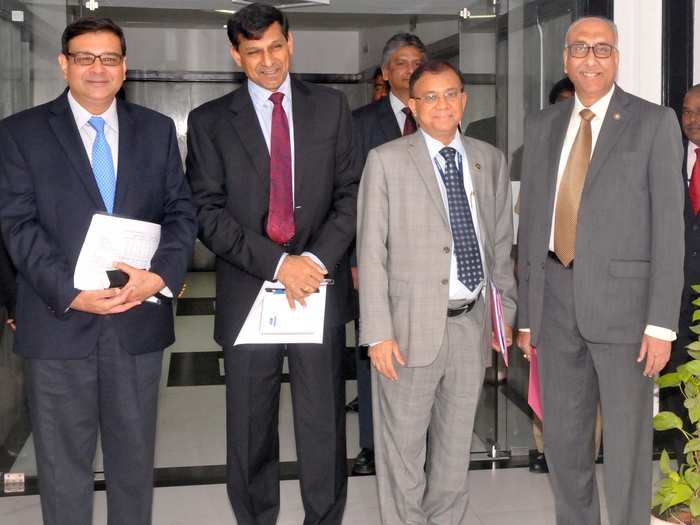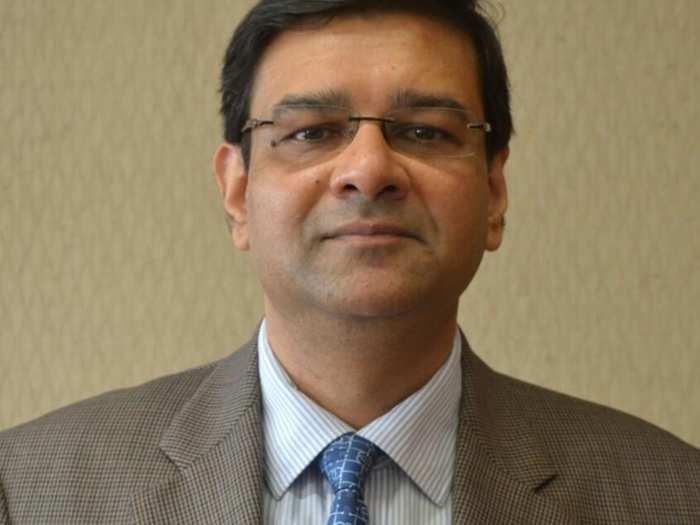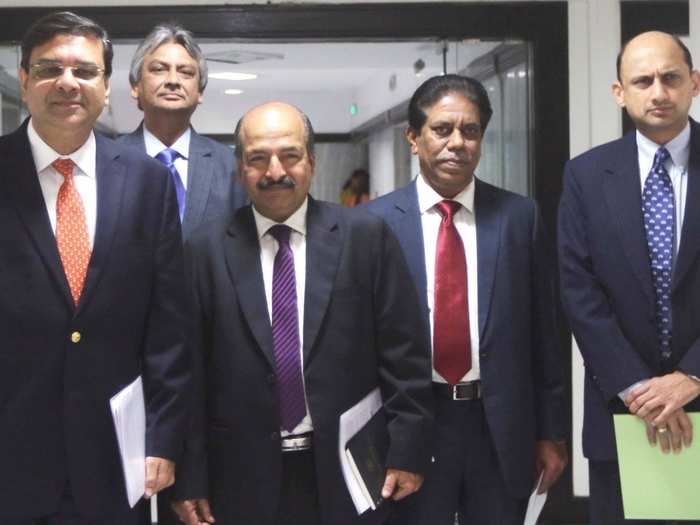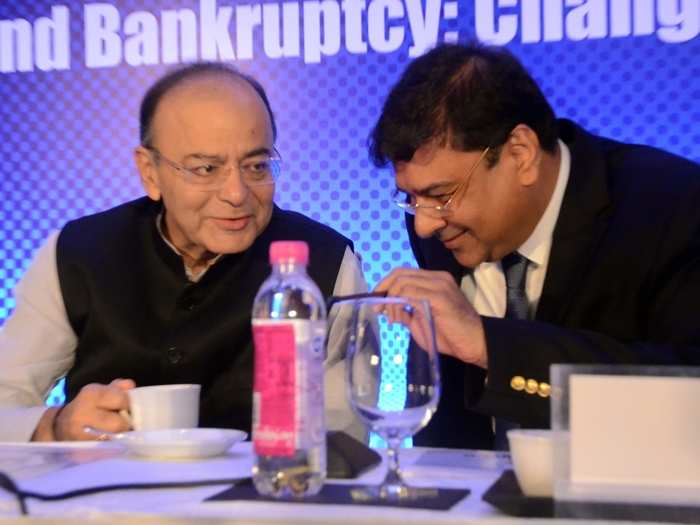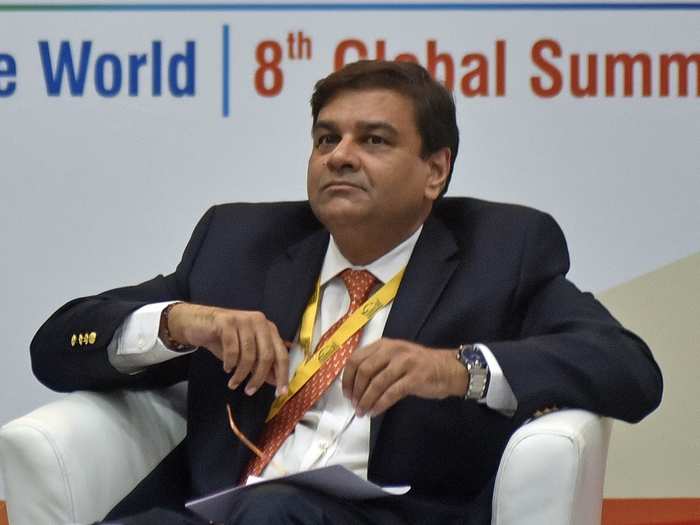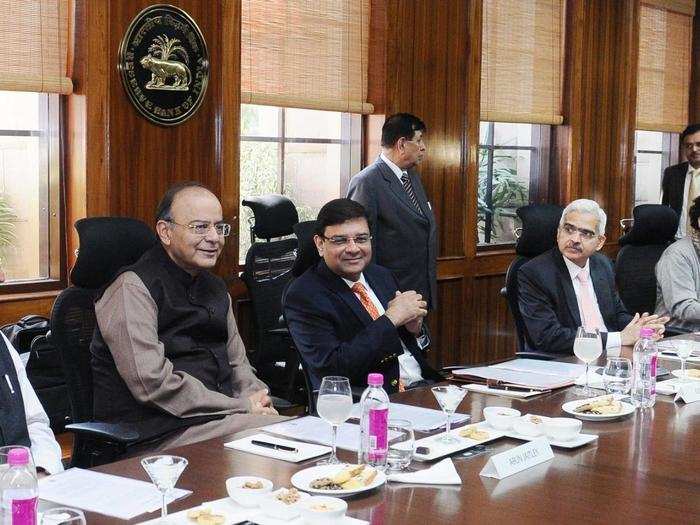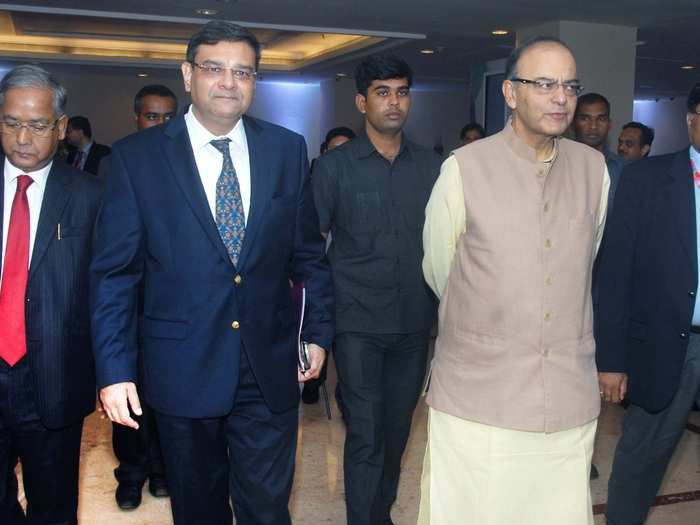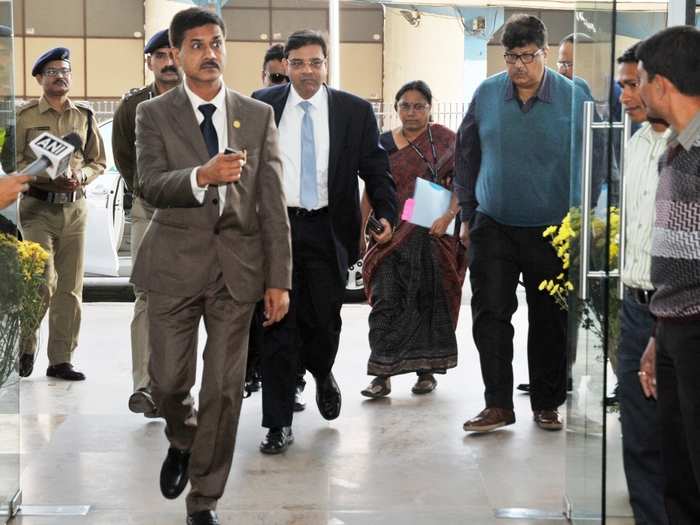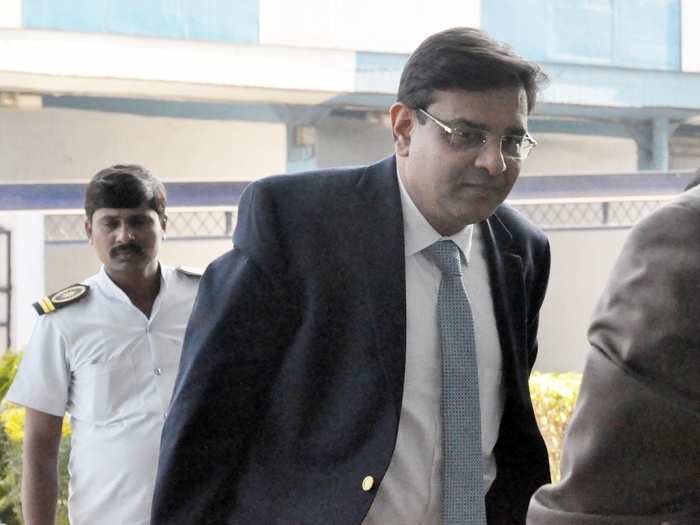Urjit Patel resigns as governor of RBI, India's central bank
After former RBI governor Raghuram Rajan did not get an extension for a second term in an unusual move, the Indian Prime Minister, Narendra Modi, changed the terms for hiring the governor of RBI to be restricted to civil servants.
READ MORE ARTICLES ON
Popular Right Now
Popular Keywords
Advertisement

